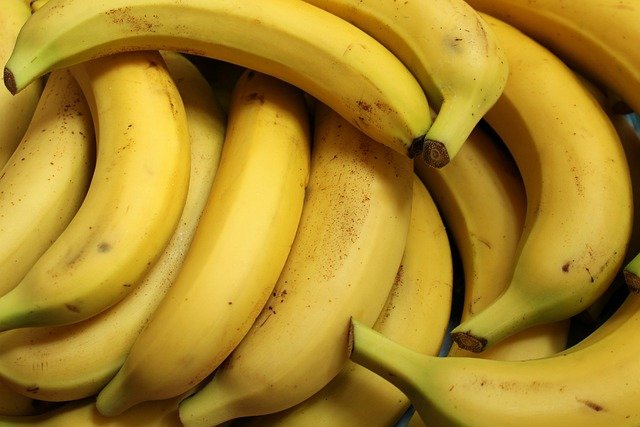
What keeps most infectious disease researchers up at night aren’t infamous viruses like Ebola.
Instead, influenza, commonly known as the flu, continues to be a clear and present danger to humanity.
In a new study, researchers have shown that an engineered compound based on banana plants, a protein called H84T, has real potential for clinical use against influenza.
The research was conducted by a team at Michigan Medicine and elsewhere.
The team has worked for years on broad-spectrum antiviral drugs developed from, of all things, banana plants.
In this study, more than 80% of mice exposed to a form of influenza that is typically fatal were able to survive the disease after receiving an injection of the protein, even up to 72 hours after exposure.
The team also provides early evidence that the compound is safe.
A downside of naturally occurring banana lectin—which can cause inflammation by inappropriately activating the immune system—wasn’t present in mice given H84T.
Furthermore, because H84T is a protein, there was concern that the body would recognize it as foreign and develop antibodies against it, thereby neutralizing it or causing harm.
The team found that while mice did develop antibodies against H84T, they didn’t appear to be adversely affected by them.
The team says the compound works because it targets a sugar called high mannose, which is present on the outside of certain viruses but not on most healthy cells.
This means that H84T is effective not only against influenza but also against Ebola, HIV, measles, MERS, a new deadly viral illness that was first reported in Saudi Arabia in 2012, SARS and all other coronaviruses tested.
Even more promising is that the compound works where Tamiflu (oseltamivir), the current standard therapy for severe flu, has failed.
The team hopes to do more research with the compound in humans in the hopes of getting it to market.
The lead author of the study is David Markovitz, M.D., a professor of internal medicine in the division of infectious diseases at Michigan Medicine.
The study is published in Proceedings of the National Academy of Sciences.
Copyright © 2019 Knowridge Science Report. All rights reserved.



